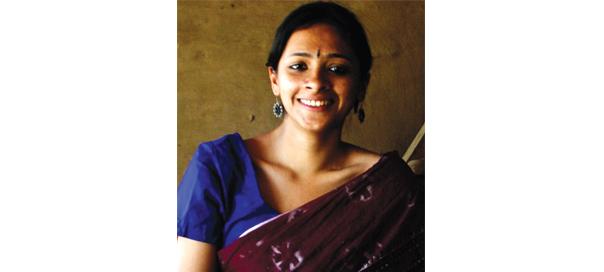By Shirley Abraham,
Film-maker, Mumbai
Around this time last year, I was selected as one of 10 film-makers from Asia for the Viewfinder Asia workshop, organized by Al Jazeera English in collaboration with Asian Network of Documentary in Busan. Viewfinder Asia is a special series on Al Jazeera English that tells significant, often untold, stories from Asia. It defines its mandate as ‘exploring fresh perspectives through the lens of local film-makers around the globe’.
One of my lasting memories from the workshop is the question on the opening day, “What do you think is going to be significant for your country in the coming year?” My shoulders hunched a little under the weight of the question. The general elections in India came to mind. But instinctively, this wasn’t the story I wanted to tell. Increasingly, I have been reflecting upon my position as a young woman in India today. Add to that, my choice of film-making that leads me to believe I have the tools, and maybe even privilege, to tell stories I feel for. Soon, it was my turn to speak in the group. “I feel it will be the story of women,” I said.
Back home, as I started work on a film about acid attack survivors in India, living and working with the young girls, I witnessed the truly brutal, inhuman and barbaric violence inflicted upon them. Upon first impression, the story of 19-year-old Ritu’s life is a cold two chapters - ‘before’ and ‘after’ the attack. The past has deposited itself into bits of memory - school, games, friends, dreams, music, laughter. Memory came back to haunt through the ordinariness of the life she once lived.
After an acid attack, they say you must start life anew. For Ritu, it started with a new neck, lips and nose. She has had five surgeries and is waiting for at least five more. But none of them will bring back the left eye she lost in the attack. Her body is a project of endless reconstructions.
Survivors revisit the pain in the smallest of acts. The challenge for me was to humanize their stories. In the run-up to the second anniversary of her attack, Ritu was haunted by her fear of red, a colour she loved, but could not dare to wear any longer as she was attacked while wearing a red shirt. Her survivor friends were planning a surprise for her. This was going to be my story. The film would not suggest that all is well with the world - far from it, it is our collective shame that some of us chose to inflict such violence upon another. However, the young girls, despite being deeply scarred by the crime committed against them, had much to give each other by way of their selflessness. That is a lesson for each one of us.
By the end of the filming, an emotionally charged time for all of us, my film had changed entirely from what I had pitched and what was approved. I had made my choices, riding on a mix of instinct and foresight, but I was unsure of how they would be received. I sent in my rough cut. My producer was most encouraging and said the strongest story must be told.
Such were my interactions with Al Jazeera English throughout the process of making Black Roses and Red Dresses. Viewfinder Asia films are made for an international audience, and hence the context and meaning are defined under that mandate. Yet, it is primarily about the stories we wish to tell. The stories that occupy our imagination, shape our actions and keep us awake at night.
Feedback: abraham.shirley@gmail.com























